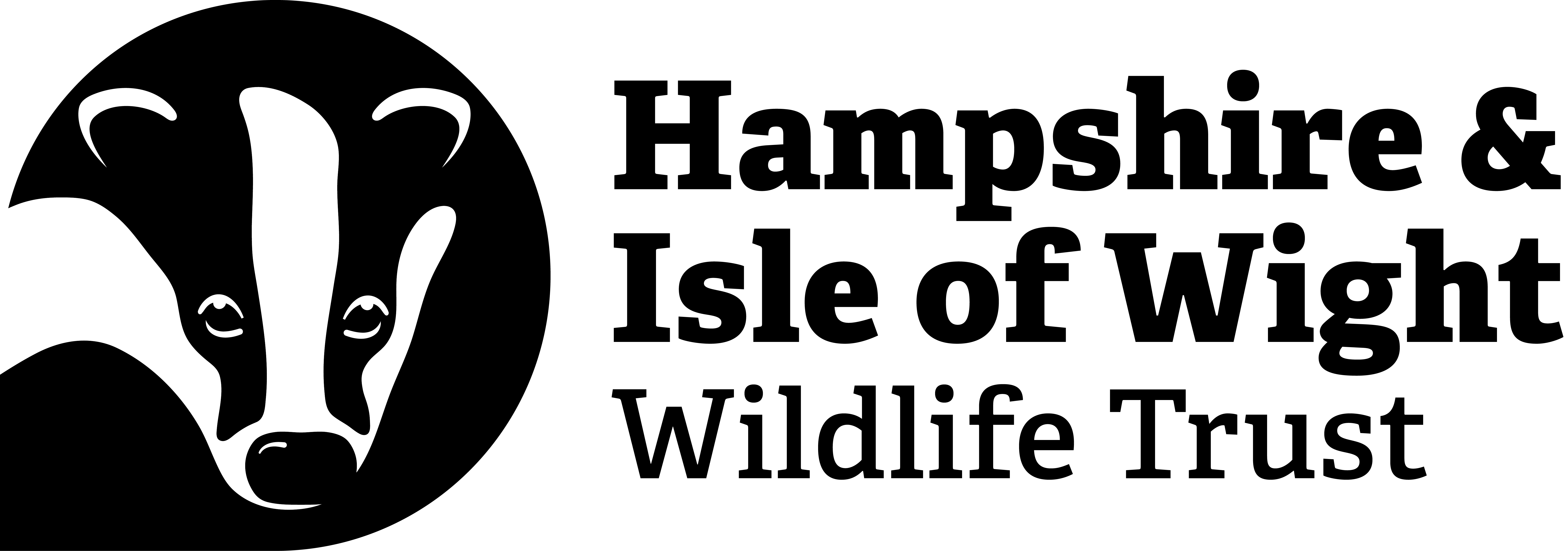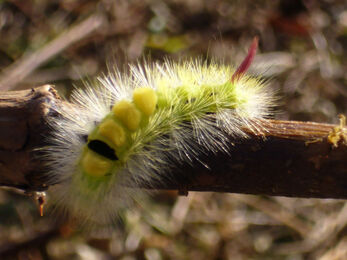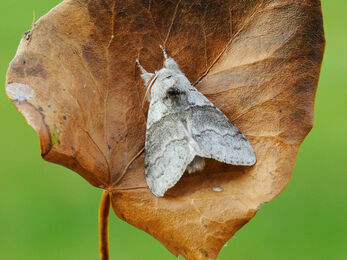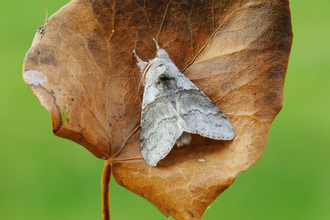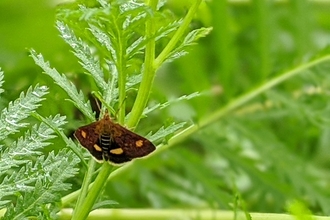With its vivid colours and striking tufts of hair, this larva has an almost tropical appearance, standing out boldly against the fading greens of late summer and autumn vegetation. Despite its exotic look, it is a familiar part of the local landscape, thriving across much of southern England.
The adult moth is a large, grey species with extravagantly furry legs, often seen in May and June when males are drawn to lights at night. But it is the caterpillar, visible between July and October, that really turns heads. Bright green or yellow, with bold tufts of hair along its back, the pale tussock caterpillar looks almost too flamboyant to be real. The caterpillar has four dense, brush-like tufts on its back, ranging from creamy yellow to pinkish brown, and a distinctive tail-like tuft of reddish or brown hairs. When disturbed, it arches its body to reveal sudden flashes of black between the tufts, a dramatic warning display.
